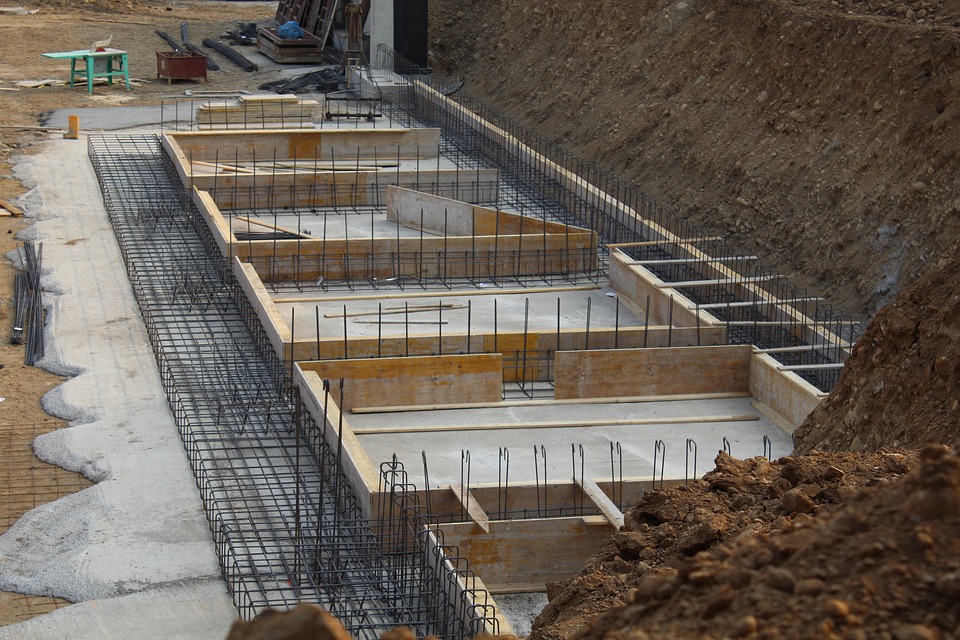This content originally appeared on the website which we recently acquired. Here is a link to the archived version where the content originally appeared (click here) and full credit goes to the original author.
This foundation repair information pertains exclusively to dealing with foundation repair situations found in Dallas Ft Worth (DFW) area clay soil. Different soils and foundation types demand different repair methods. There is no single magic bullet for repairs across all of America.
We will look at:
The best foundation repair system, comparison of steel and pressed concrete piers or piles
Mud jacking pros and cons
Why void filling under a slab is not always good
How straightly installed are steel piers and concrete pilings
Why concrete piers will rust Myth 1) The best foundation repair system is a “self testing system” driven to refusal. Steel systems are typically driven to a rock strata, while pressed piling systems are more often, “driven to refusal”. Refusal means that you cannot push the pier system downward any deeper.
In the case of pressed or pre-cast concrete pilings or piers, refusal typically means the concrete piling system has been pushed to compressed clay. Pressed concrete pilings seldom are driven deeper than 15 feet, and in many areas achieve “refusal” at depths of 6-10 feet. Concrete piling depth is extremely dependent upon soil moisture content.
Here are actual comparisons of piling depths obtained during two foundation repairs. In each case, steel piers were proven to provide better depth than pressed concrete pilings, with much less stress on the house.
Steel Pier Pressed Concrete Piling
Site 1 30 feet to refusal 15 feet to refusal
Site 2 18 feet to refusal 8 feet to refusal
Myth 2) Mud jacking is a good low cost way to a foundation. In some cases mud jacking may be one element of the overall foundation repair solution. However, a long lasting foundation repair solution almost always requires the installation of piers or pilings driven to strong load bearing strata.
Myth 3 ) The void under a slab foundation should always be filled after the house has been lifted. Foundation repair companies will seldom fill the void, to allow for normal soil expansion during wet periods. When a void is filled in an area where the clay is not maximally expanded, adding water to the expansive clay may force the void fill material up through the floor. Expansive wet clay soil is stronger than the typical 4-5 inch thick slab foundation.
Myth 4) Steel piers and pressed pilings can be installed crooked, leaving the house unstable. During the pile driving process, the soil forms a rigid wall, constraining each section of pipe or concrete to follow the next straight down. Neither steel or concrete is driven in a crooked manner by a competent installation team. Just ask your engineer.
Myth 5) Concrete piers are best because they will not rust. Contractors pushing concrete foundation leveling systems want you to think that concrete is superior because steel piers will rust.
Here is a revelation in concrete piers systems. At the top of each concrete pier system there is a nent stack 1 to 4 inches thick of ¼ inch thick steel shims. The steel shims are a fundamental part of each concrete pier house leveling andn foundation repair.
Truth is that if rusting steel were a problem, it would be most evident in the poured concrete or pressed concrete piling foundation repair systems. When foundation repair systems are left undisturbed underground, a thin protective layer of rust forms on the steel shims, as well as on steel pier systems.
Steel pier systems are predominantly made up of high carbon steel which is less susceptible to the effects of oxygen and water on steel.
Recent changes in many Dallas, Fort Worth, Arlington, Grand Prairie, Plano, Garland and other local DFW municipalities’ building codes mandate steel shims rather than wood shims for pier and beam houses.
